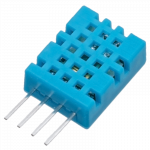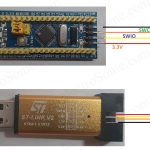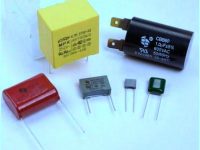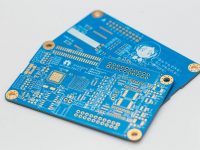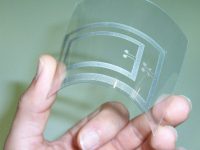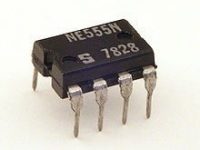Graphene Transistors to Replace Silicon
 Researchers at Manchester University makes a new footprint in the field of transistors. They developed a technique for improving the ON-OFF ratio of Graphene transistors. The newly developed Graphene transistors might replace silicon in computer chips. The main benefit of using Graphene for making transistors is that, we can scale down size of transistors to 10-15 atom across. Thus transistors can be made of nano-scale, thus it can have more transistors in chips, and makes them more powerful. Graphene’s low resistance to the flow of electrons offers high speed in computer circuits. Graphene is a sheet like molecule, with a thickness of one Carbon atom.
Researchers at Manchester University makes a new footprint in the field of transistors. They developed a technique for improving the ON-OFF ratio of Graphene transistors. The newly developed Graphene transistors might replace silicon in computer chips. The main benefit of using Graphene for making transistors is that, we can scale down size of transistors to 10-15 atom across. Thus transistors can be made of nano-scale, thus it can have more transistors in chips, and makes them more powerful. Graphene’s low resistance to the flow of electrons offers high speed in computer circuits. Graphene is a sheet like molecule, with a thickness of one Carbon atom.
The transistors in computer chips are generating ONE’s and ZERO’s used in computer calculations. The difference in these electrical states is called ON/OFF ratio. In the case of Graphene on/off ratio is very low, in the range of 1:15–1:20. That means Graphene continues to conduct a lot of electrons also in its off state. Thus it caused leakage of electric current and wastage of energy. If this happens, chips becomes very hot as it contains millions of transistors. Scientists have been trying to increase the on/off ratio of Graphene transistors to least 1:1,000 which is the lower limit that we can start using in computer chips.
Different methods have been employed to improve the on/off ratio such as using making graphene quantum dots,bilayer graphene, making chemical derivatives of graphene such as hydrogenated graphene, making graphene nanoribbons etc.
The Manchester University team said that their effort has succeed, and they are able to improve the on/off ratio of Graphene to a level where it theoretically usable in computer circuits. The research was led by Leonid Ponomarenko, the team includes Professor Sir Andre Geim and Professor Sir Kostya Novoselov who shared the 2010 Nobel prize for Physics for their work on Graphene. Ponomarenko said that all the previous methods for increasing the on/off ratio, increases it but decrease mobility and other valuable properties of graphene. The technique developed involves sandwiching a layer of molybdenum disulfide between two layers of graphene by thus molybdenum acts as an insulator that can allow or prevent electrons which flows from one layer to other. Normally only a few electrons can tunnel through the molybdenum, but when more voltage is applied, more electrons can pass through. By varying the voltage they were able to ON and OFF the flow of electrons. The researchers said that this will improve the on/off ratio by a factor of 10 and it can be further improved by using thick insulating layer.
The future plan of university is to do experiments with different materials for the layer “sandwiched” between the two layers of graphene.
We can hope this new technology will replace silicon………..







